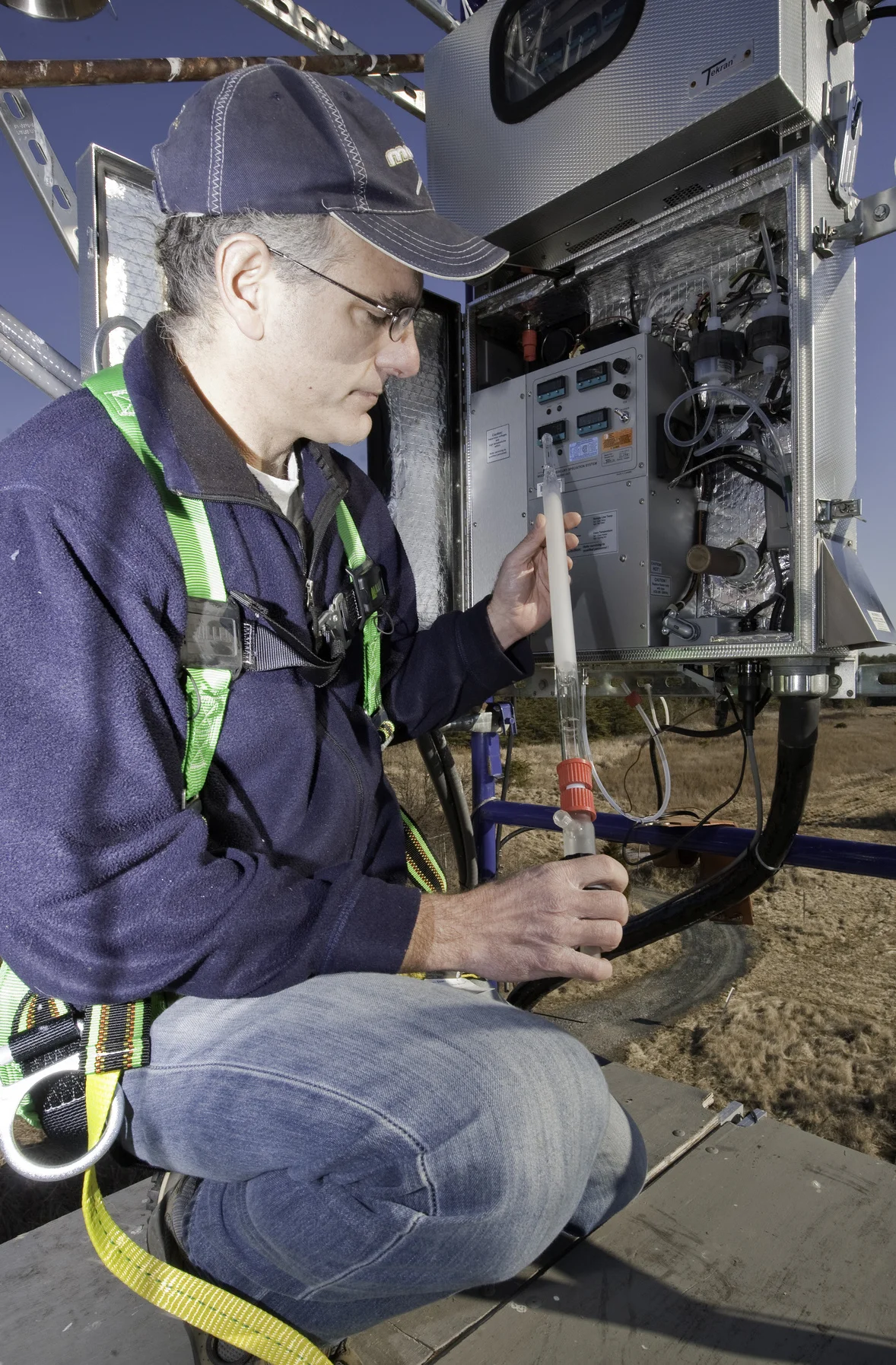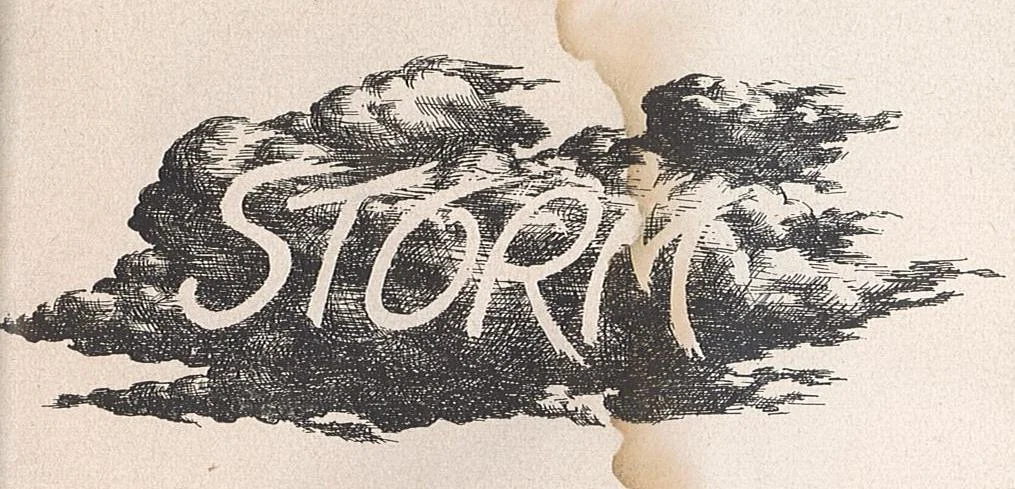Project STORMFURY, 1962-1983
An Air Force WB-47 used for weather reconnaissance as part of Project Stormfury. The photo library at NOAA Central Library has thousands of images stored in multi-pocket folders like this, with more or less information inscribed. The form is "Coast and Geodetic Survey Form 623--Revised July 1, 1931."
I spent a delightful day at the NOAA Central Library last week, before attending the Space Weather Enterprise Forum. The knowledgeable and helpful staff gave me a chance to explore the NOAA photo archives, where I found a bunch of great images I’ll explore now and in the future.
Today’s pictures from NOAA document Project Stormfury, a long-running experimental effort to reduce the destructiveness of hurricanes by using cloud seeding. The theory was that silver iodide crystals could stimulate artificial convection that would compete with the natural convection in the eye wall, in hopes of reforming the eye wall at a larger radius and thus reducing maximum wind speeds.
The project was a major undertaking. The NSF, US Air Force, US Navy and Weather Bureau/ESSA/NOAA contributed assets. But due to the restrictions imposed by experimental design--and concern about influencing hurricanes that were likely to strike land--relatively few hurricanes were actually experimented upon. Between 1962 and 1971, four hurricanes were seeded on eight different days.
The photo archive documents some of the aircraft types involved, a veritable museum of Cold War aviation. Air Force WB-47s and Navy WC-121s tracked the hurricanes, Marine Corps A-6s dropped specially designed wide-area dispersal canisters, modified B-57s and even U-2s took images from very high-altitude, while NOAA DC-6s made radar and in situ observations to estimate wind speed and direction.
While Stormfury failed to produce convincing proof that hurricanes could be artificially diminished, the extensive data and observations contributed to a deeper understanding of tropical cyclones, leading to advances in prediction. Notable American meteorologists Robert Simpson and Joanne Simpson served as the first and second directors of Stormfury. Research related to the project continued until 1983, long after hurricane seeding ended. The project thus represents a significant milestone in the development of knowledge about tropical meteorology.
A 1977 booklet that described the Project's history, current status and suggested future plans for seeding tropical storms in the Western Pacific and Mexican Pacific regions.
Learn More
- H.E. Willoughby, et al. “Project STORMFURY: A Scientific Chronicle, 1962-1983,” Bulletin of the American Meteorological Society v. 66, n. 5 (May 1985): 505-514.
- Robert H. Simpson with Neal M. Dorst, Hurricane Pioneer: Memoirs of Bob Simpson (American Meteorological Society, 2015): 95-104.
- US Department of Commerce, National Oceanic and Atmospheric Administration. Project Stormfury (GPO, 1977)
Image Source
“Airplanes” folders, NOAA Photo Library. NOAA Central Library, Silver Spring, MD.








